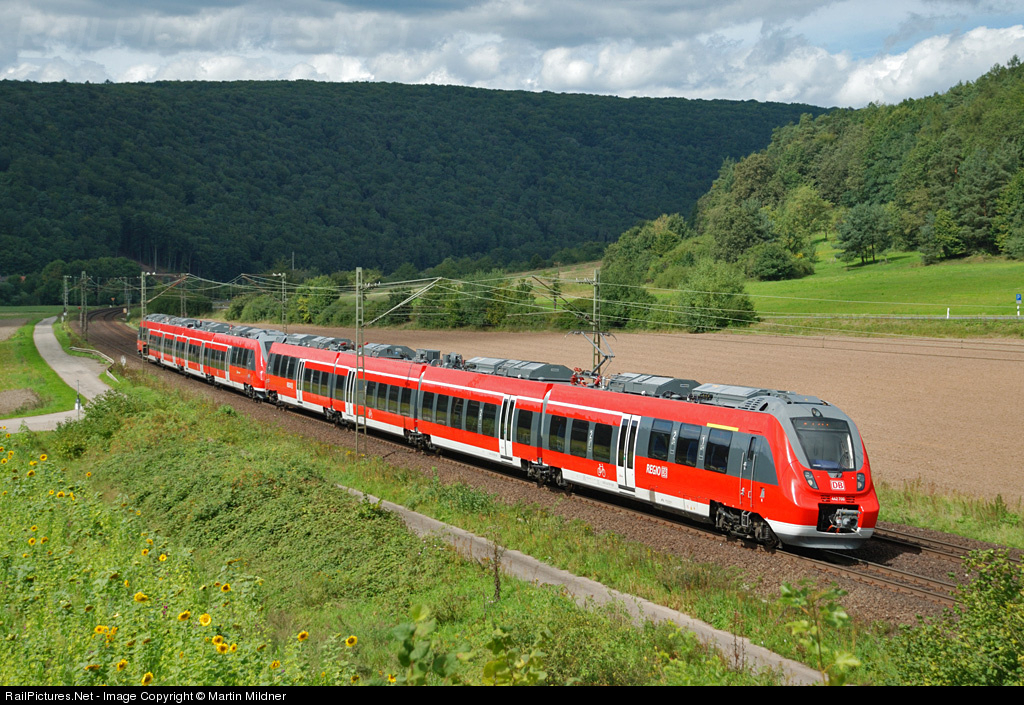M II A II R II K
Senior Member
So TTC trains will be put on the UP Express then and continue east.
So TTC trains will be put on the UP Express then and continue east.
So TTC trains will be put on the UP Express then and continue east.
Toronto would not have to change any track gauge, Catenary subway cars travel on standard rail track gauge.
Catenary subway cars are not (currently) part of TTC rolling stock, but even then, isn't there a safety issue involved in operating subway-type vehicles on sections shared with GO and Via and UP Express?

that's an interesting design. Hopefully the high level doors don't open at the wrong time (accidently)

Canada line has two tracks at waterfront
Also I would NOT recommend double level EMUs for ST.
I appreciate you've put a lot of thought into this, but there is NO WAY you're going to ever get light weight subway trains on Metrolinx corridors. You will always mix electric trains in the core with longer-haul diesel or diesel-electric hybrids in the same corridors, running interspersed through the schedule, which will require heavier duty electric trains. Its EMU for 'smart track' service on GO lines or bust.





